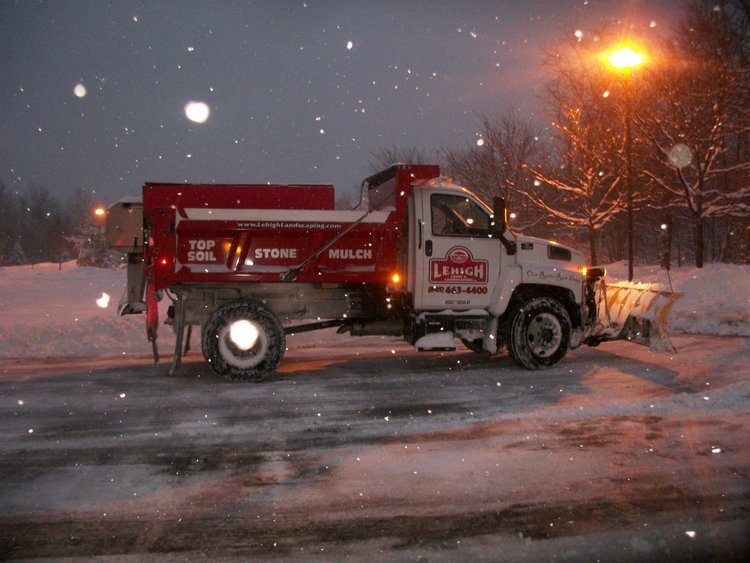Landscaping Tips for Preparing your Yard for Winter in Fishkill
Although the onset of winter may tempt you to cuddle up indoors and forget about your backyard, preparing your landscape for the harsh winter months will leave it in better shape when spring finally arrives. A dismal, unkempt backyard is also a sight for sore eyes and can be detrimental to the look of your home during winter. Here are a few landscaping tips to keep your backyard healthy and gorgeous throughout the trials of winter.
Keeping your landscape interesting and attractive
Winter can transform most yards into dreary, barren spaces by suppressing the plants that usually fill the yard with color. However, there are plenty of durable items and hardscaping elements that can be relied upon to add interest to an empty winter landscape. Painted pots, for example, are an easy way to add color to any area of the garden. They can be nestled into a bare spot in a plant bed or placed near the front door to make the home more inviting. There are various evergreen grasses, conifers, and winter-growing annuals that can be planted within the pots and stand their ground throughout winter. Alternatively, the pots can be left empty and will draw more than enough attention on their own.
Related: How Irrigation Requirements for your Lagrangeville Landscape Change in Fall and Winter
While many species of birds migrate for the winter, there are some that stay behind to brave out the cold and make do with remaining local food sources. One such species is the chickadee. These brave little birds can rejuvenate your winter landscape with their song and add life to the scene as they hop about on bare branches. Ensure that there is food available for birds to encourage their presence in your garden. Many trees and shrubs hold onto their berries during fall and winter, which can serve as a source of food for birds. The vibrant colors of these berries will also prove to be the perfect additions to the monotonous color palette of a winter landscape. Planting native shrubs and trees in your backyard is also a surefire way to attract birds, as they are used to finding food and shelter in these plants.
Related: Sign Up Now for Professional Snow Management in Westchester County
Pruning for healthy plants
Perennial plants thrive if pruned while dormant. There are also various shrubs and trees, both evergreen and deciduous, that can be pruned during this time. Dead branches should definitely be removed during fall, as strong winds and heavy snow can turn these unstable branches into safety hazards. Trees should be properly inspected and pruned, with adequate safety precautions put in place by a professional in the field.
Related: Here's How an Arborist Can Help You This Fall and Winter in Hopewell Junction
Preparing your lawn for improved drainage
Any organic debris should be cleared from your lawn in fall. Otherwise, a layer of dead grass and other material, known as thatch, can build up on its surface. This can prevent proper drainage, encourage the growth of moss, and hinder the healthy growth of grass. Drainage can also be improved by puncturing holes into the lawn using a garden fork or aerator. Consider filling any holes in the lawn with fine sand to ensure that water and air can pass freely into the underlying soil. When winter does arrive, avoid walking on the frozen lawn as this creates bare spots that remain until the grass comes out of winter dormancy.
Related: Everything You Need to Know about Aeration and Overseeding at Your Dutchess County, NY Home

